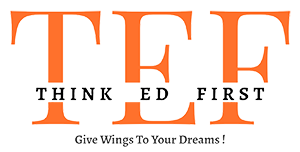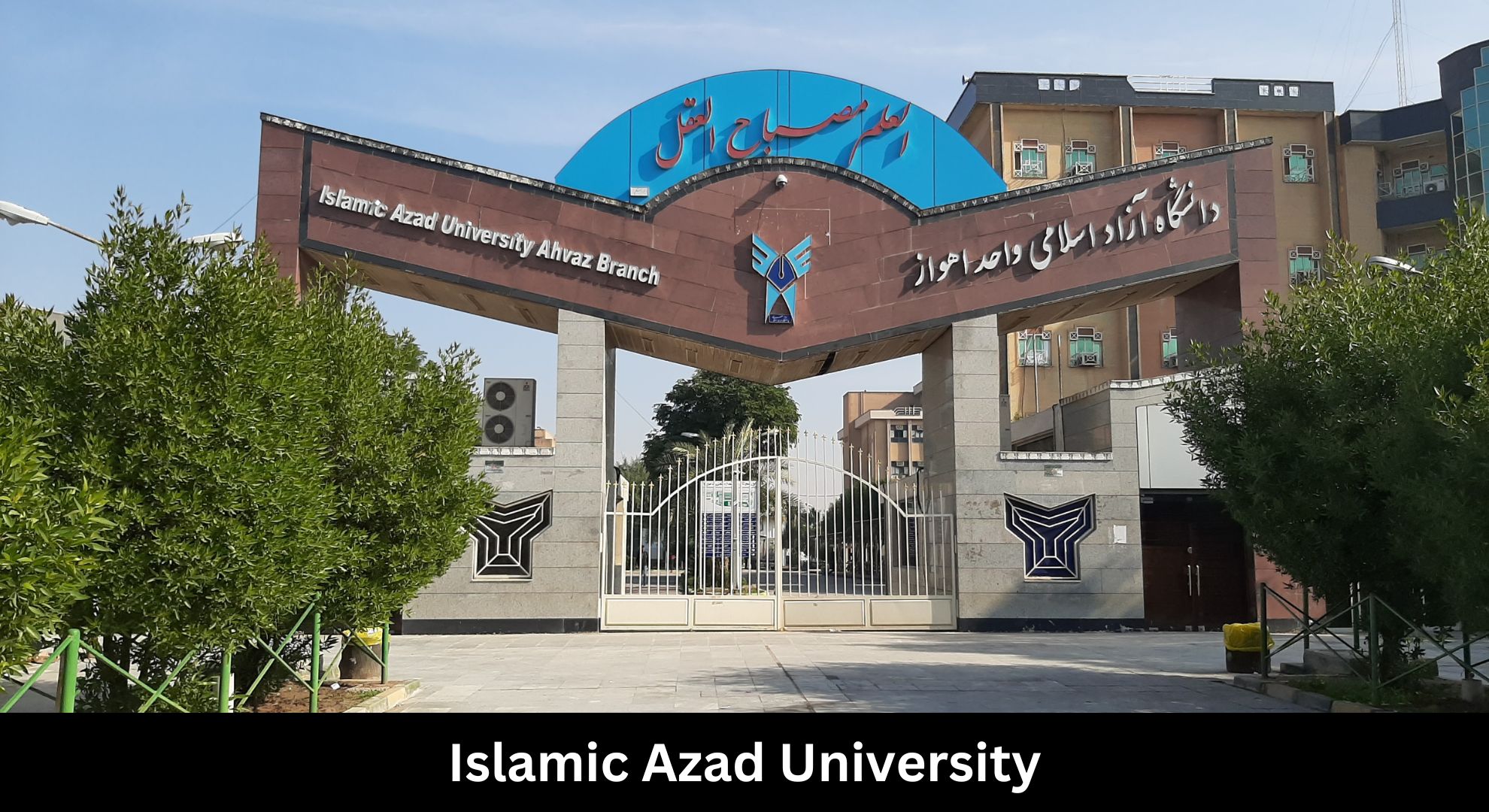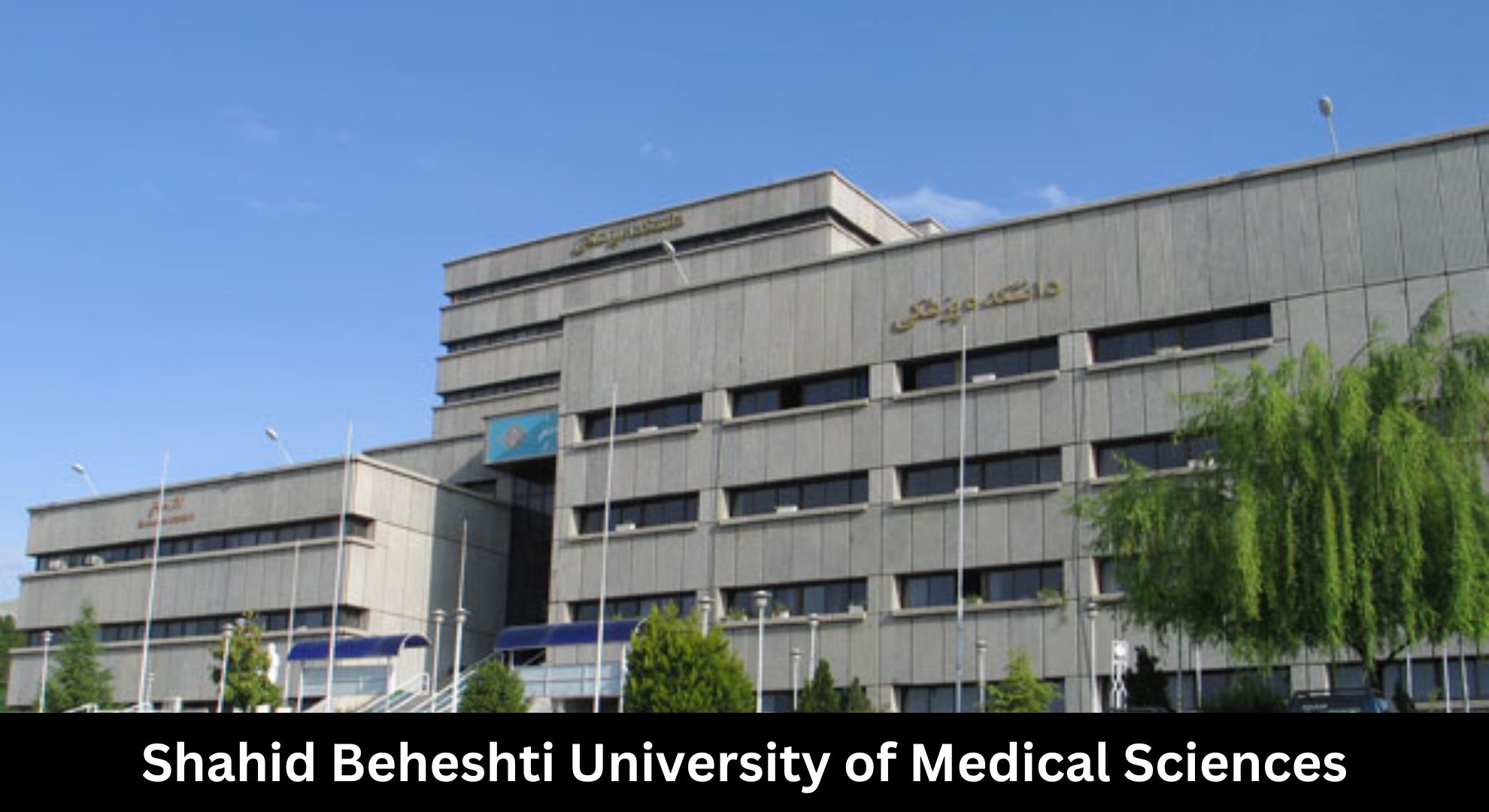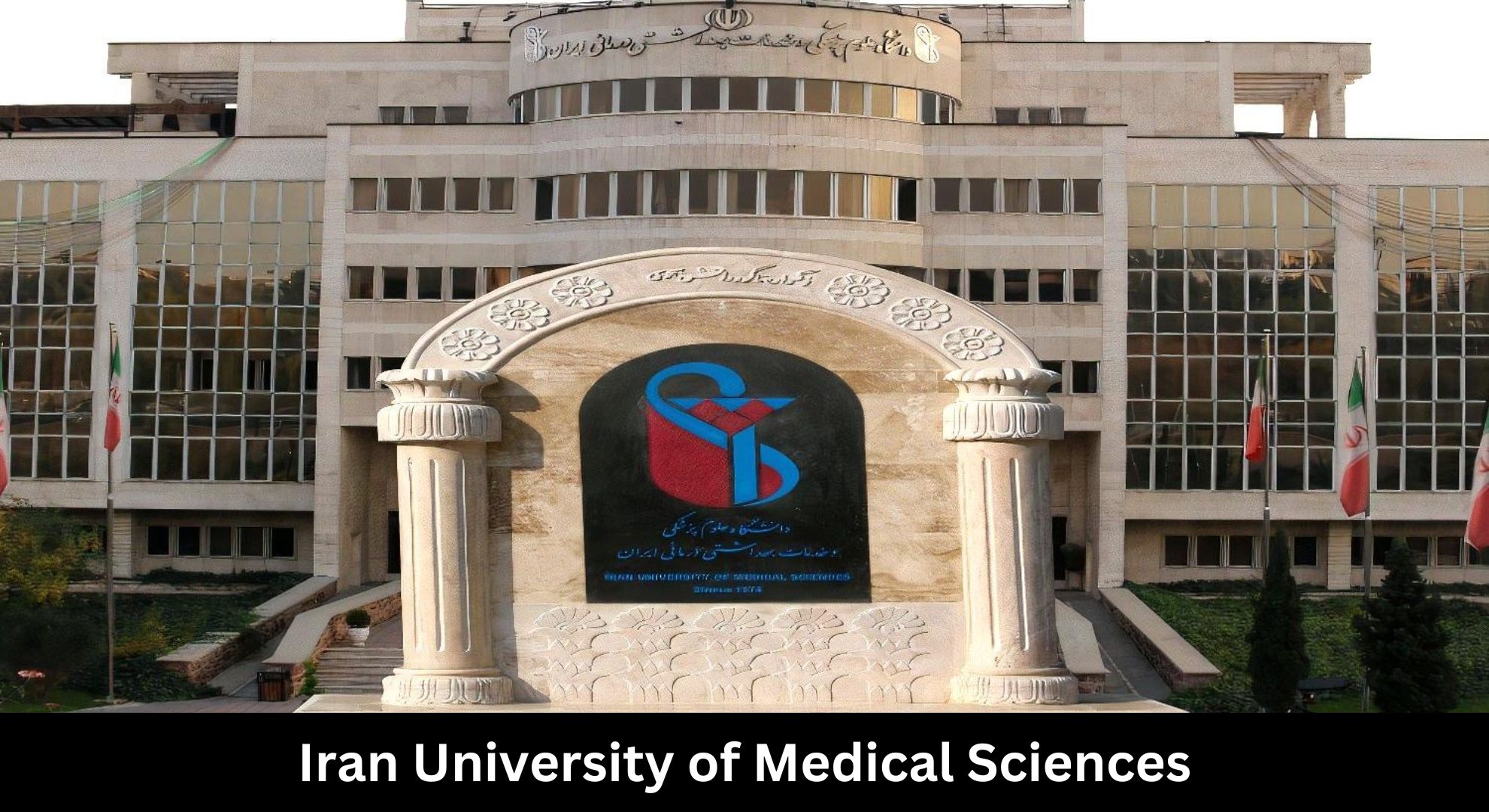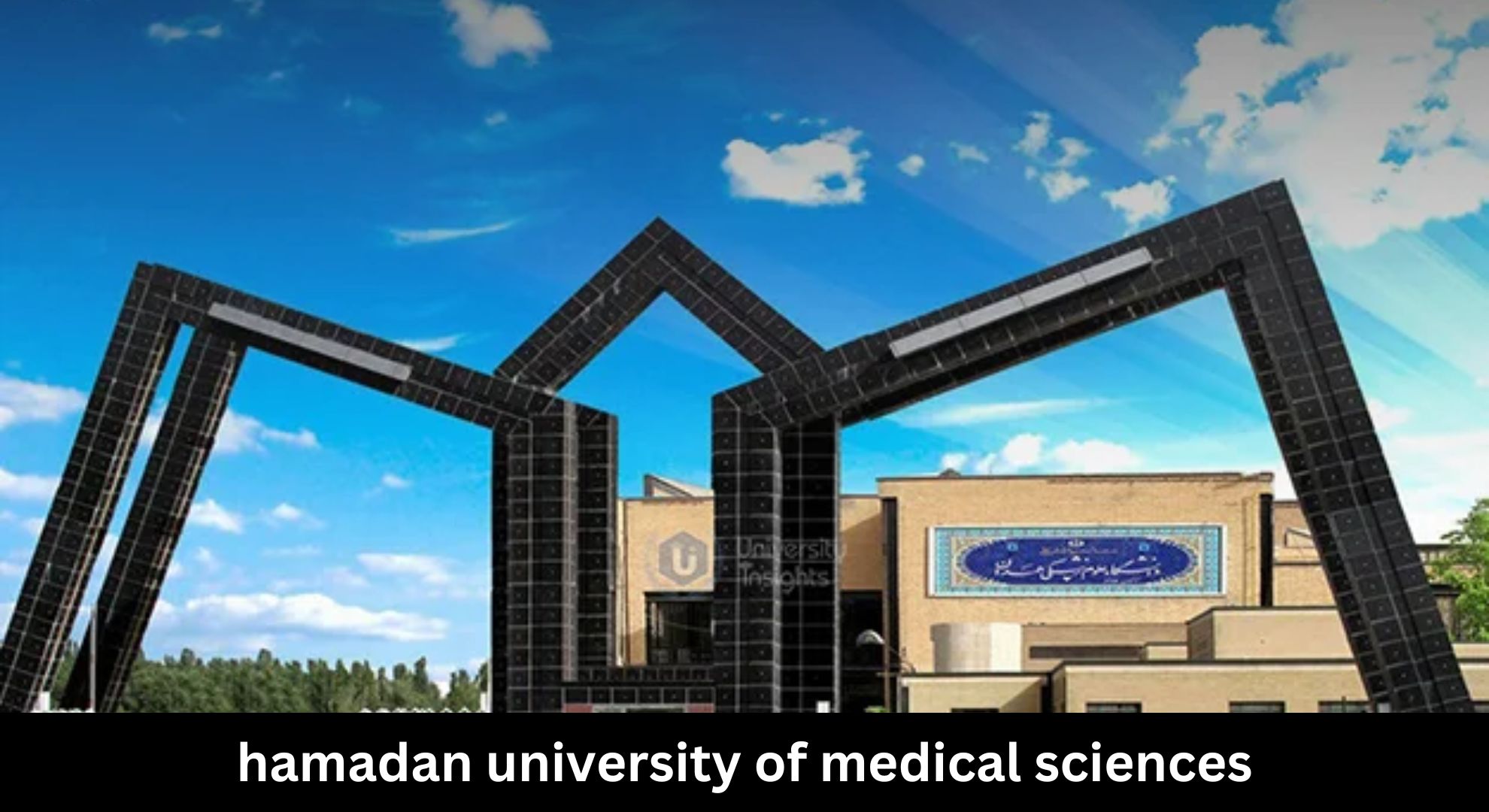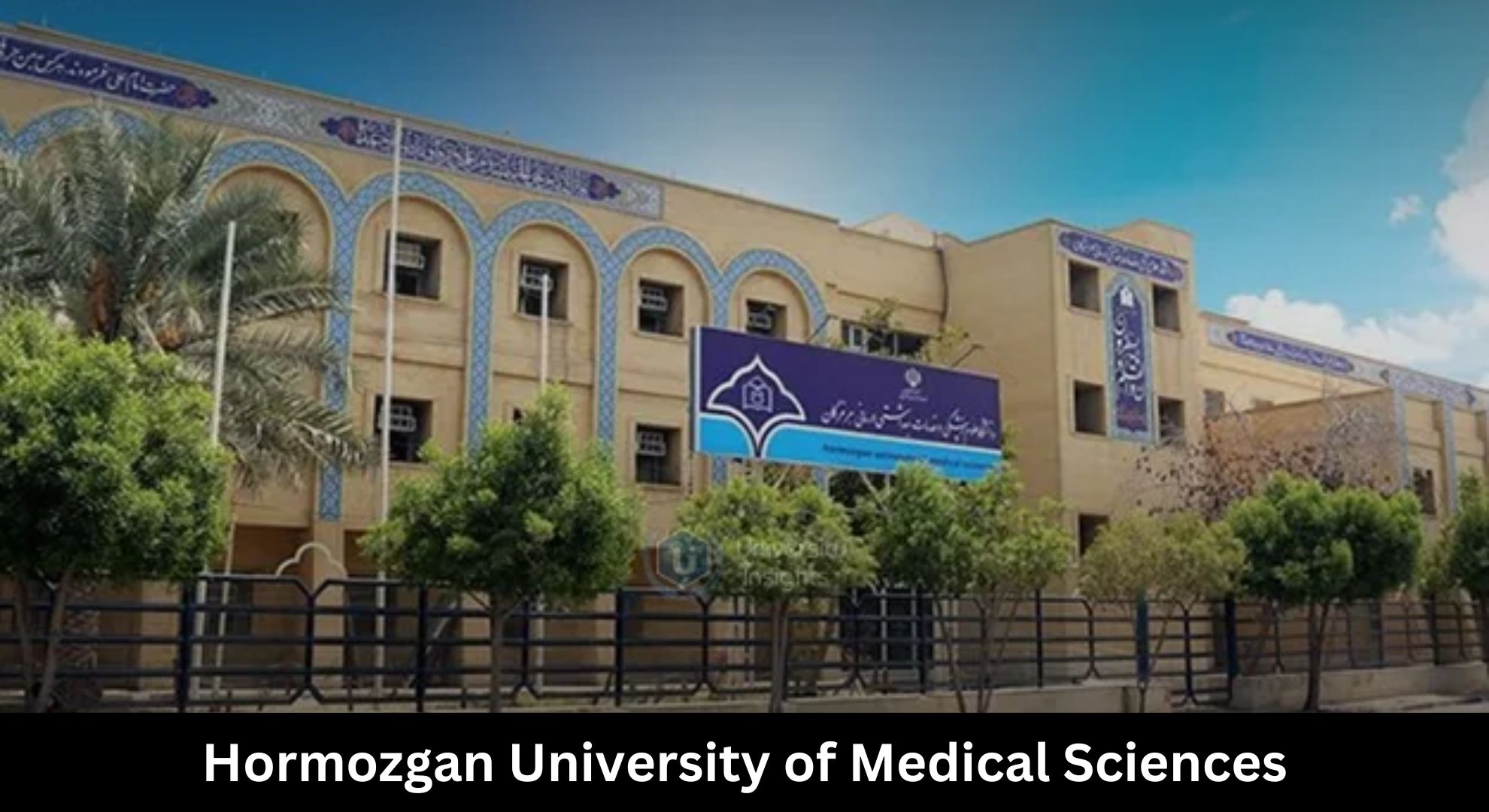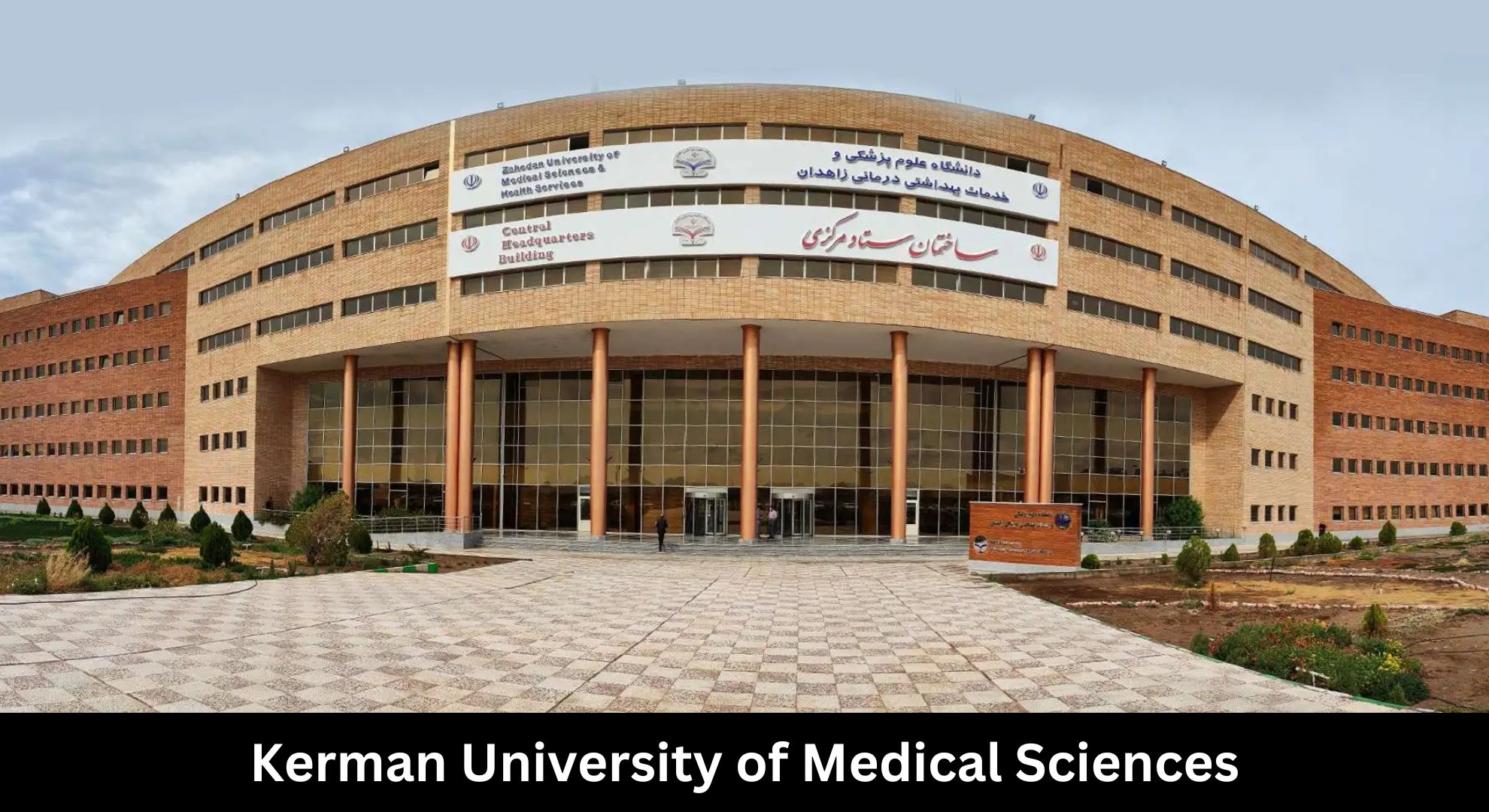For Indian students pursuing a career in medicine, the journey to becoming a doctor is often marked by fierce competition and high costs.
Pursuing an MBBS in Iran offers a smart and affordable alternative, providing access to quality medical education at a fraction of the cost compared to private institutions in India.
This detailed guide highlights the key benefits of studying medicine in Iran and provides essential information for aspiring Indian medical students.
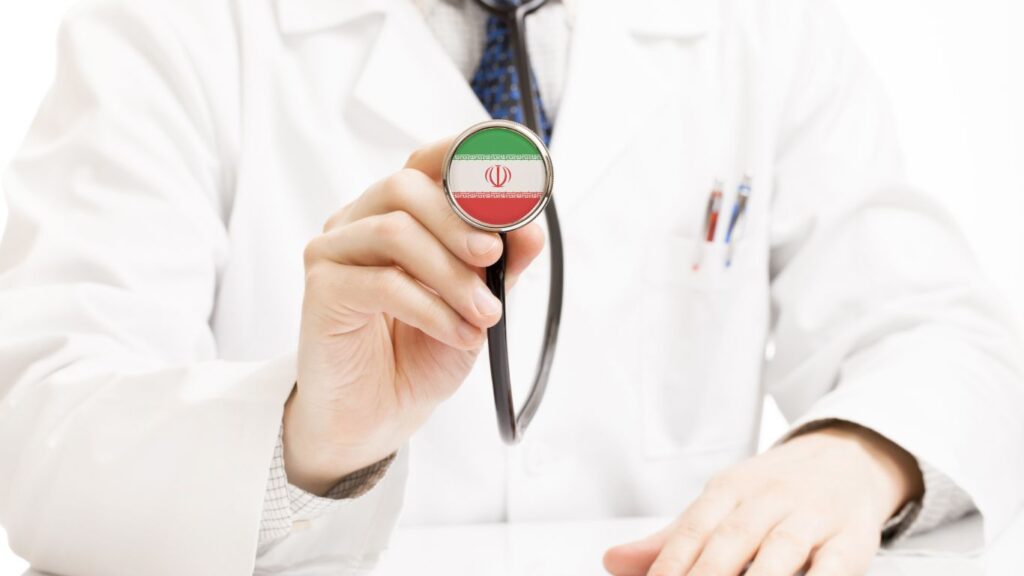

Why Iran is Emerging as a Top Choice for Indian Medical Aspirants
Affordable Education:
Iranian medical universities offer highly affordable tuition fees compared to private medical colleges in India and many Western countries. The average annual tuition for MBBS programs in Iran ranges from INR 2.5 to 5 lakhs, making the total cost for a 6-year MBBS degree approximately INR 15 to 30 lakhs. Importantly, students are not required to pay any capitation fees or donations, making medical education in Iran financially accessible to Indian students.
Quality Education and Global Recognition:
Iran has a strong reputation for high academic standards in medical education. Many of its universities are recognized by the National Medical Commission (NMC), World Health Organization (WHO), FAIMER, and ECFMG. Students benefit from modern hospitals, advanced laboratories, and experienced faculty. Several universities offer MBBS programs in English, ensuring Indian students can comfortably follow the curriculum without language barriers.
No Entrance Exams (Except NEET):
Admission to most Iranian medical universities is based on academic performance in 10+2, without the need for separate university entrance exams. However, Indian students must qualify the NEET exam to enroll and later practice medicine in India.
Global Career Opportunities:
Graduates of Iranian medical universities are eligible to appear for India’s FMGE or NExT exams, opening pathways to clinical practice, research roles, and work in government or private hospitals. Many also pursue careers abroad. Roles such as General Physician (INR 2–2.5 lakhs/year), Cardiologist (INR 3–4 lakhs/year), or Public Health Officer (INR 1.8–2.2 lakhs/year) are popular among returning graduates.
Safe and Supportive Environment:
Iran is known for its welcoming culture and safe living conditions for international students. University campuses provide secure housing, health support, and guidance services to ensure students feel at home and thrive in a multicultural academic environment.
Iran Top Universities In
Iran is home to several prestigious medical universities known for their modern infrastructure, comprehensive medical programmes, and globally recognised degrees. Here are some of the top institutions:
Islamic Azad University
Shahid Beheshti University of Medical Sciences
Iran University of Medical Sciences
Hamadan University Of Medical Sciences
Hormozgan University of Medical Sciences
Kerman University of Medical Sciences
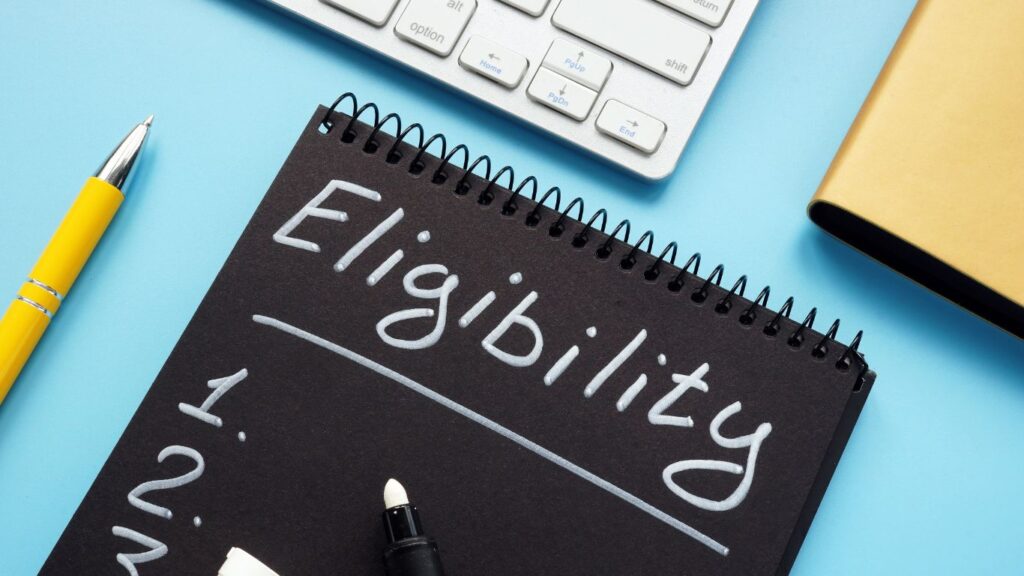
Eligibility Criteria for MBBS Admission in Iran for Indian Students
To gain admission into an MBBS program in Iran, Indian students must fulfill the following requirements:
Age Requirement: Applicants should be at least 17 years old by December 31 of the admission year. The upper age limit is 25 years.
Educational Qualification: Candidates must have completed 10+2 or equivalent education with Physics, Chemistry, Biology, and English as mandatory subjects.
Minimum Marks: A minimum of 50% aggregate marks in Physics, Chemistry, and Biology (PCB) is required in the qualifying examination.
NEET Qualification: As per Indian regulations, students must qualify the NEET-UG exam to be eligible for admission and future medical practice in India.
English Proficiency: IELTS or TOEFL is not required. Many Iranian medical universities offer MBBS programs in English, ensuring ease of learning for Indian students.
Admission Process for MBBS in Iran
The admission process for MBBS programs in Iranian universities is organized and student-friendly. Here’s a step-by-step guide:
University Selection:
Start by researching and selecting an Iranian medical university that fits your academic goals and budget. Consider aspects such as location, tuition fees, global rankings, English-medium availability, and international recognition. Consulting with trusted education consultants can help streamline your decision.Application Submission:
Fill out the university’s application form carefully and upload scanned copies of required documents, including your 10+2 mark sheets, passport, NEET scorecard, and any other requested paperwork.Admission Confirmation:
Once your application and documents are reviewed and accepted, the university will issue an official admission letter, confirming your eligibility and seat in the MBBS program.Tuition Fee Payment:
Pay the first semester’s tuition fee as instructed in the admission letter. This confirms your intent to enroll and secures your place.Student Visa Application:
Begin the Iran student visa application process by submitting your admission letter, university invitation letter, passport, and other supporting documents to the Iranian Embassy or consulate.Travel and Accommodation:
After your visa is approved, plan your travel to Iran. Most universities offer hostel facilities or assist international students in arranging safe accommodation near the campus.
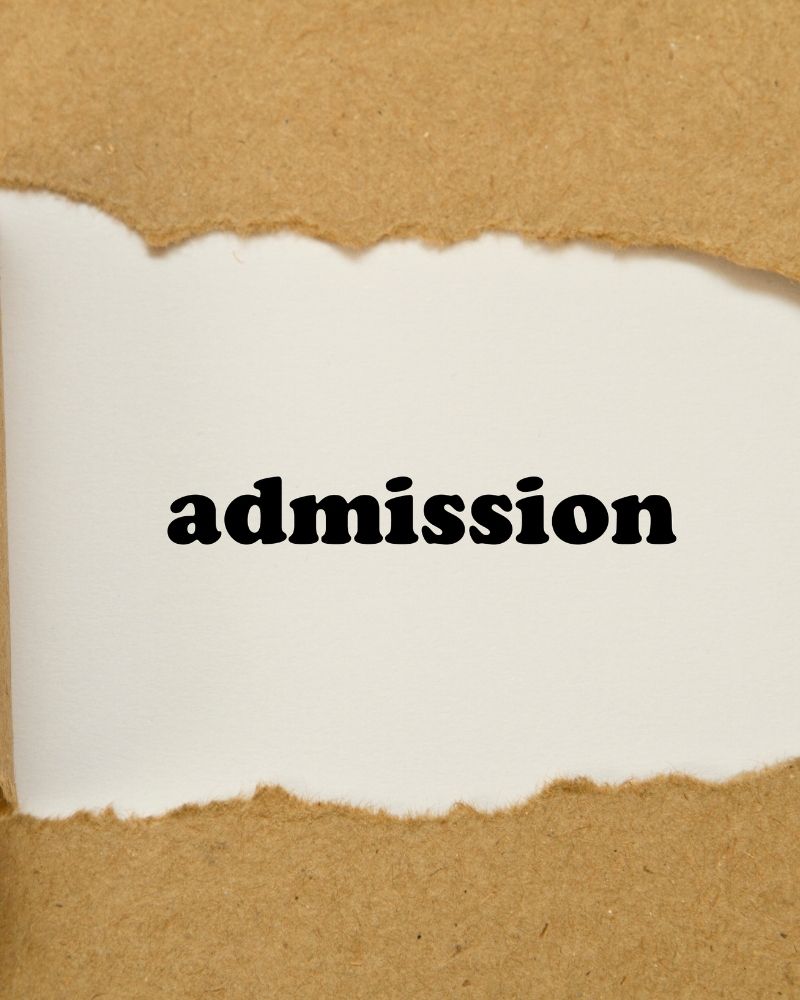

Required Documents for MBBS Admission and Student Visa for Iran
Applicants must prepare the following documents for university admission and visa processing:
10th and 12th Mark Sheets & Certificates
NEET Scorecard (mandatory for Indian students)
Valid Passport (with at least 6 months validity)
Passport-Sized Photographs (as per embassy specifications)
University Admission Letter
Medical Certificate, including HIV test report
Birth Certificate
Visa Documents, including the Invitation Letter issued by the Iranian university
Application Timeline
| Process | Month(s) |
|---|---|
| Registration | April – May |
| 10+2 Results | May – June |
| Admission | June – July |
| Last Date to Apply | 1st August |
| Invitation | July – August |
| Visa | September |
| Departure from India | September |
| Registration | September to October |
| Session Commences | November to December |
| Exams | January – February |

MBBS Curriculum in Iran: Course Structure & Clinical Training
MBBS programs in Iran follow a well-rounded curriculum aligned with global medical education standards. The program typically spans six years, including five years of academic learning and one year of compulsory clinical internship.
Medium of Instruction
The primary medium of teaching is English, making the program accessible for international students, especially from India. Additionally, students receive basic Farsi (Persian) language training to help them interact effectively with local patients during clinical rotations.
Curriculum & Subjects
The MBBS syllabus in Iran is designed to build a solid foundation in basic medical sciences, progressing into clinical disciplines. Core subjects include:
Anatomy, Physiology, Biochemistry, Patholog, Pharmacology, Microbiology, General Medicine, General Surgery, Obstetrics & Gynecology, Pediatrics.
Students also study public health, medical ethics, and the Persian language as part of the integrated learning experience.
Clinical Exposure
Hands-on clinical training is a vital part of the program. Students gain real-world experience in university-affiliated teaching hospitals, working alongside experienced doctors across multiple specialties. This exposure prepares them for national and international licensing exams and professional practice.


MBBS in Iran: Cost of Education & Financial Overview
Pursuing an MBBS in Iran is a cost-effective option for Indian and international students, offering affordable tuition and reasonable living expenses without compromising on education quality.
Tuition Fees
The average annual tuition fee for MBBS in Iran ranges between INR 2.5 lakhs to 5 lakhs, depending on the university. The total cost for the 6-year MBBS program typically falls between INR 15 to 30 lakhs.
Hostel & Accommodation
Most universities provide on-campus hostel facilities with essential amenities at economical rates. Private housing options are also available in nearby areas.
Living Expenses
Monthly living costs—including food, local transport, and utilities—are approximately INR 10,000 to 12,000, depending on the city and lifestyle.
Other Expenses
Additional costs may include:
Visa processing fees
Medical insurance
Flight and travel expenses
Scholarship Options
Select Iranian medical universities offer merit-based scholarships to outstanding international students, helping reduce the financial burden.
Education Loan Support
Indian students can apply for education loans through nationalized and private banks under government-backed schemes to fund their studies abroad.
Student Life and Living Conditions for MBBS Students in Iran
Accommodation:
International students can choose between university-provided hostels and private apartments. University hostels offer a safe, convenient, and affordable living space with basic amenities such as Wi-Fi, laundry, and common kitchens.
Food:
Indian cuisine is easily accessible in university canteens and nearby restaurants, ensuring students feel at home with familiar dietary options.
Culture and Social Life:
Iran offers a rich cultural experience with its historical sites, festivals, and welcoming local communities. Students can engage in cultural activities, language exchange programs, and student clubs to enhance their social life.
Climate:
Iran has a diverse climate, ranging from cold winters in some regions to warm summers in others. Students are advised to carry appropriate clothing based on their university’s location.
Safety and Student Support:
Universities in Iran maintain 24/7 campus security and offer dedicated international student support services, helping students navigate academic, personal, and legal matters with ease.


FMGE/NExT Preparation and Career Opportunities
For Indian students planning to practice medicine in India after graduation, passing the FMGE (Foreign Medical Graduates Examination) or the upcoming NExT (National Exit Test) is mandatory. Many medical universities in Russia offer structured on-campus coaching, study materials, and mock tests to support students in successfully clearing these exams.
Career Opportunities After MBBS:
Earning an MBBS degree from a Russian university opens up diverse career paths globally. Graduates can pursue roles in clinical practice, medical research, hospital administration, or the pharmaceutical industry. Some popular job roles include:
Physician
Allergist
Dermatologist
Neurologist
These positions offer competitive salaries and career growth both in India and abroad.
Key Considerations and Challenges
Cultural Adjustment:
Adapting to a new cultural environment can be initially overwhelming. Students are encouraged to remain open-minded, respectful of local traditions, and actively participate in cultural exchanges to build a sense of belonging.
Language Barrier:
Though the primary medium of instruction is English, learning the local language (such as Russian or Persian) greatly enhances day-to-day communication, especially during clinical rotations. Most universities offer basic language courses to support international students.
Academic Demands:
Pursuing an MBBS requires consistent effort, time management, and self-discipline. Students should take advantage of academic resources, attend mentorship sessions, and form peer study groups to stay on track.
Mental Health & Homesickness:
Feelings of homesickness and stress are common among international students. Staying connected with family, joining student communities, participating in extracurriculars, and accessing university counseling services can significantly ease emotional challenges.

FAQs
Is NEET mandatory for studying MBBS abroad?
Yes. Indian students must qualify the NEET-UG exam to be eligible for admission and to practice in India after completing their MBBS from abroad.
What is the duration of the MBBS program abroad?
Most MBBS programs abroad, including in countries like Russia and Iran, have a 6-year duration, which includes 5 years of academics and 1 year of internship or clinical practice.
What is the medium of instruction?
The primary medium of instruction in most reputed foreign medical universities is English. However, basic local language training is provided for clinical interaction.
Are MBBS degrees from abroad valid in India?
Yes, but the degree must be from a recognized university (NMC, WHO, ECFMG, FAIMER listed), and students must clear the FMGE or NExT exam to practice in India.
How much does it cost to study MBBS abroad?
On average, the total cost ranges from INR 15 to 35 lakhs, depending on the university, country, and lifestyle. This includes tuition, accommodation, and living expenses.
Is it safe for Indian students to study MBBS abroad?
Yes, countries like Russia and Iran are considered safe and welcoming. Universities often provide secure campuses, hostels, and student support services.
Can I get scholarships or financial aid?
Some universities offer merit-based scholarships. Indian students can also apply for education loans from Indian banks to fund their studies abroad.
Are entrance exams required for MBBS admission abroad?
No separate entrance exams are required for admission abroad, except NEET-UG. Admissions are typically based on 10+2 marks and document verification.
Will I get hands-on clinical training during the MBBS course?
Yes. Most universities offer practical clinical training in affiliated hospitals, starting from the third or fourth year of the course.
What documents are needed for the admission and visa process?
Required documents include:
10th & 12th mark sheets
NEET scorecard
Valid passport
Passport-size photos
Medical certificate (including HIV test)
Admission & invitation letters
Birth certificate
Visa-related documents
